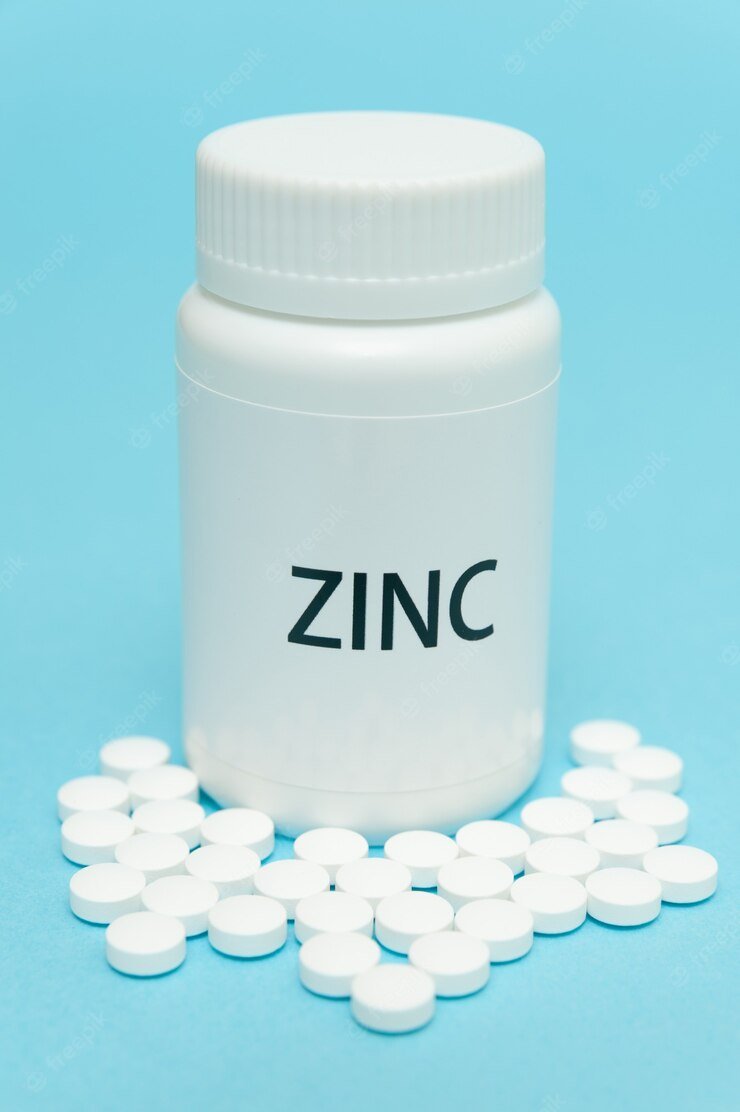Zinc Dust Uses
Pharmaceuticals & Chemicals
Zinc dust, or Zinc powder, acts as a reducing agent in the organic synthesis of pharmaceuticals and chemicals.
- Dehydrochlorination of tetra chlorobutane with zinc powder produces 1,4-Dichloro-1,3-butadiene.
- 2,2-Dichlorobenzidine is prepared from m-nitro chlorobenzene, preferably using zinc dust and sodium hydroxide solution.
- Production of 4,4-Bipyridine involves the reduction of pyridine with zinc powder and acetic acid, followed by oxidation.
- Michler’s hydrol can be obtained by reducing Michler’s ketone with zinc dust or sodium borohydride.
- Pyridoxal oxime undergoes catalytic hydrogenation with platinum oxide in acetic acid, palladium, or carbon, or reduction with zinc dust, which produces Pyridoxamine.
- The reduction of zinc dust and hydrochloric acid produces arsines (phenylarsine), which are re-oxidized simply by placing them in the air.
- 2,2-dimethoxyhydrazobenzene, a hydrazo compound, is produced by the reduction of o-nitroanisole with zinc dust and sodium hydroxide solution, usually in an ethyl alcohol containing medium.

- Reduction of m-nitrotoluene with zinc dust and a sodium hydroxide solution produces m-Tolidine.
- Reduction of 2-nitro-1-ethoxybenzene with zinc dust produces o-Diphenetidine. It is rearranged using hydrogen, chloride gas in ethanol, or dilute sulfuric acid.
- Reduction of 2-nitrobenzoic acid with zinc dust and a sodium hydroxide solution produces Benzidine-3,3-dicarboxylic acid. The resultant hydrazobenzene-2,2-dicarboxylic acid is rearranged by heating with hydrochloric acid.
- Zinc dust in an alkaline medium helps reduce aromatic nitro compounds.
- 2,2-dimethylhydrazobenzene is formed by alkaline reduction with zinc dust and electrolytic and catalytic reduction of ortho-Nitrotoluene.
- In water-soluble Quinoline Yellow and an azo dye mixture, the azo dye can be reduced with ammonia and zinc dust, whereas the Quinoline Yellow remains unchanged. This process includes both reduction and oxidation reactions.
- Acetyl bromide derivatizes lignin, followed by a reductive cleavage with zinc dust in a dioxane, acetic acid, and water mixture (5:4:1).
- Reduction of Sodium hydroxymethanesulfonic acid by using zinc dust produces Sodium hydroxymethanesulfinic acid, which is in turn produced in situ from zinc oxide, sulfurous acid, and formaldehyde.